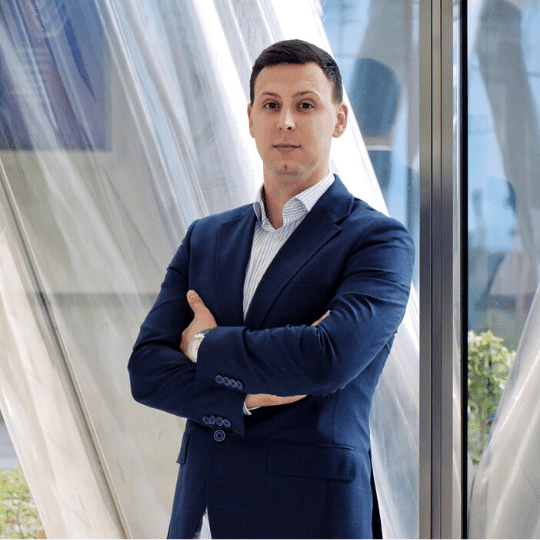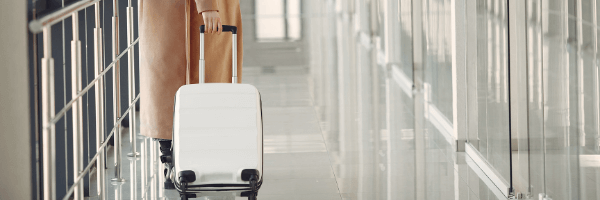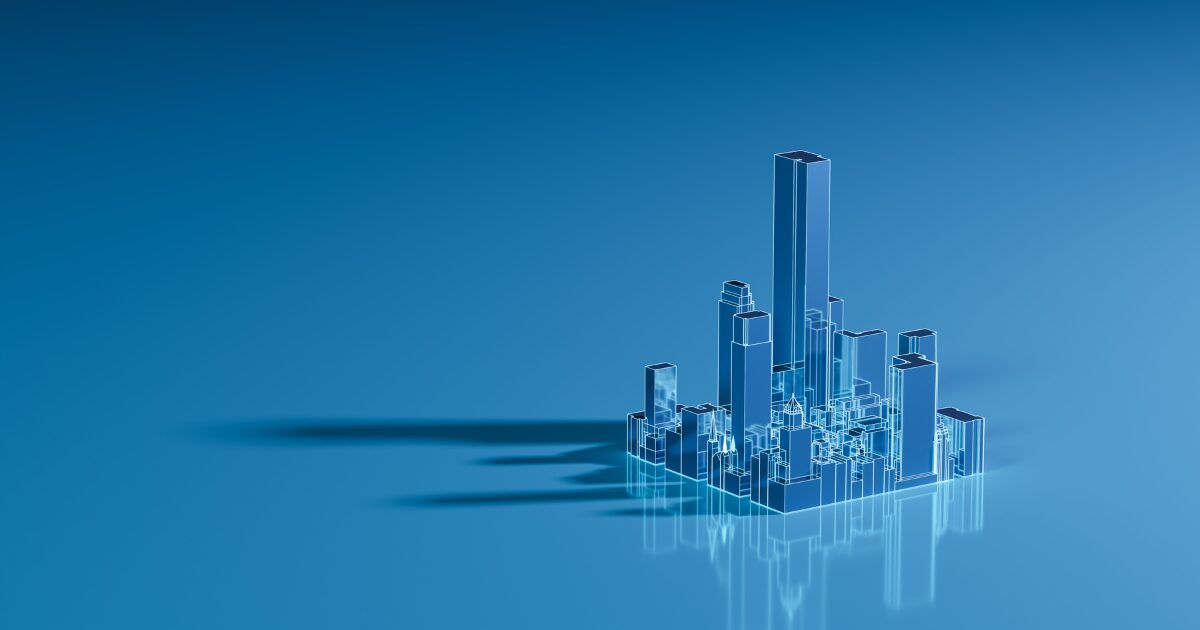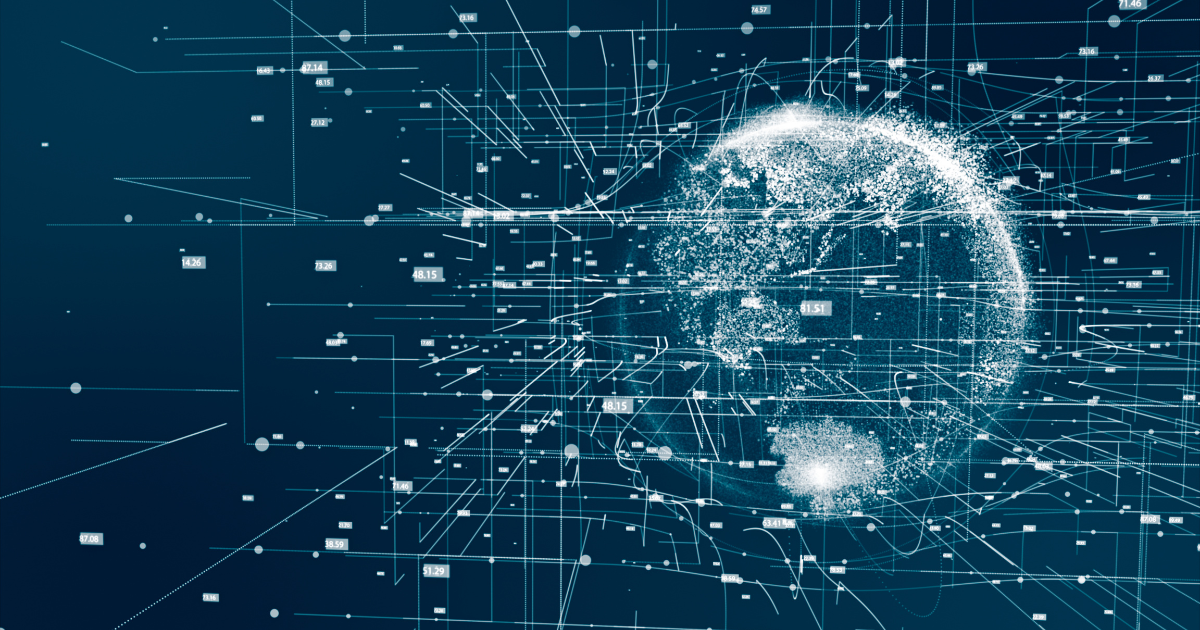
June 04, 2024
How Is Computer Vision Used In Analyzing Images?
Author:

CSO & Co-Founder
Reading time:
11 minutes
Nowadays, computer vision (CV) is essential and can be found almost everywhere. From cars (not only autonomous vehicles but every modern car) to object detection in modern AI-fueled cameras, computer vision protects our safety and helps us at work. But how can computer vision technology be used in analyzing images? Let’s find out!
If you read our blog, you are certainly acquainted with computer vision. In general, it’s an AI-related technology that’s based on a set of cameras, sensors, applications, and algorithms that scan the surroundings or analyze images and videos. The range of applications of this technology is extensive, to say the least.

Read more: Computer Vision In Retail: Real Applications

In fact, almost any kind of computer vision app is all about analyzing images. Usually, such an analysis happens in real-time (motor industry, security cameras). AI-fueled cameras and sensors scan everything and look for relevant elements or dangers.
In this article, we will analyze images from cameras and sensors and examine how this technology is used in modern computer vision applications and devices.
Analyzing images: The essence of computer vision
As you already know, analyzing images is the main role modern CV apps play. First of all, we have to talk about object detection. It’s a feature that focuses exclusively on detecting various objects in images, like, for instance, cats, cars, bikes, pedestrians, guns, workers, etc.
Object detection is possible thanks to another AI-related technology: deep learning. You see, the CV devices extract fragments of pictures and apply deep learning analysis to recognize patterns. One of the most advanced forms of object detection is face detection.
Why is it the most advanced form of CV? Primarily because faces have many different features and, in general, are quite similar. But there are tons of differences within, to name just skin color, hair color, glasses, haircut, hats, freckles, beauty marks, etc. The deep learning algorithm has to take all of these elements into account in order to identify a given person correctly.
The next important feature that helps in analyzing images is scene segmentation. Scene segmentation is all about outlining the object of interest. For instance, let’s say you have a security camera that monitors hundreds of people walking into the office building.
Some of them walk in alone, some in groups. And this is where scene segmentation comes in handy. The CV camera can outline the suspicious or dangerous person (for instance, carrying a gun) and alert the building’s security.

One last feature that’s worth noting is 3D scene reconstruction. It’s also based on analyzing images. In fact, with a proper CV algorithm and a series of 2D images (taken from different angles), you can reconstruct a 3D object.
This is how it works in modern GPS systems. When you’re driving in a city center with your GPS on, you can see 3D models of buildings you’re passing by. They are typically based on 2D pictures taken by drones, tourists, or GPS company employees.
Deep Learning
As we’ve already said, the most complex and advanced CV algorithms utilize deep learning. It’s one of the most advanced AI-related technologies that works similarly to a human brain.
Every piece of data (in our case, images and videos) goes through the multi-layered neural network, enabling analyzing images in a much more comprehensive way.

Read more: Deep Learning Architecture Examples

This solution, in turn, allows us to achieve a much higher level of complexity and accuracy. In other words, deep learning-fueled apps are much more thorough and accurate than standard CV devices.

Analyzing images: Real-life examples
Now, let’s take a closer look at some of the interesting real-life examples of analyzing images in computer vision.
Analyzing images in retail and e-commerce
Computer vision applications help you maintain correct high-quality descriptions and pictures in your online store. It’s not a problem to devise a CV app that regularly scans your inventory in search of potential errors and mistakes. Such an algorithm can flag potential errors and mark them for further examination conducted by a human employee.
One of the most advanced applications of computer vision in retail is Amazon Go stores[1]. In such a store, there are no human employees. There are just CV cameras. The Go store’s cameras detect when you walk in, scan your cart, and detect when you walk out. Every customer in the store is continuously monitored. The deep learning network is used in order to assess who took what from which shelf.

RTG at the airports
We all know the situation: Every time you want to fly somewhere, you have to have your baggage screened with X-rays. Here, CV also plays a significant role. Of course, some human inspectors look at the screen, but computer vision algorithms aid them in their work.
By analyzing images, CV algorithms can detect dangerous objects and materials, such as explosives, guns, and drugs. It’s possible because the system produces cross-sectional tomographic images of a baggage’s content. It’s not only accurate but quick, too! The most advanced baggage screening stations can verify up to 500 suitcases per hour!

Analyzing images from security cameras
CV-fueled security cameras are more and more prevalent. Simply because they are much more efficient than typical surveillance cameras. Such a device can measure and monitor almost every desired element of the surroundings. For instance, security cameras can be teamed with thermal imaging in order to detect customers or employees with fever (a useful application for the COVID-19 times!).
CV cameras can also detect guns or the faces of people entering the building, thus helping maintain a high-security level. One of such cameras is Clevell One[2]. It’s a computer vision device combined with thermal imaging. It can be used to:
- Detect potentially sick people
- Registering working time
- Detect employees’ faces
- Detect hazardous materials and behaviors
- Manage access (for instance, to various parts of the building)

Real estate valuation
Analyzing images from satellites allows insurers and real estate inspectors to view all the relevant property attributes at the time of underwriting. With computer vision, insurance companies are capable of validating property features, which accelerates the quotation process, mainly because it removes the need for physical inspections.
One such company operating in this field is a property intelligence company called Cape Analytics. They provide insight into details about properties using structured data extracted from high-resolution imagery. Everything is fueled by computer vision and machine learning.

KYC Verification
This abbreviation stands for Know Your Customer. It’s a standard verification procedure conducted by financial companies to register a new customer. In its traditional form, it takes several hours to complete. Thanks to computer vision, the entire process is shortened to just several minutes and happens without human supervision.
One of the many banks that offer CV-fueled KYC verification is Citi. In this bank, you can open an account immediately. All you need is a photo of your ID document and your face. After submitting these files, the rest happens automatically. Citi’s computer vision algorithms analyze your pictures and, if everything is fine, your account is open. It can take just several minutes to finish the entire process.

Analyzing images in the motor industry
Almost every modern car has computer vision-powered cameras that detect obstacles and dangerous situations, like, for instance, a pedestrian approaching a crossing. These cameras scan the car’s surroundings constantly and, if anything dangerous is about to happen, even before the driver may notice it, the CV systems can react and alert the driver.
One of the companies developing such a system is Volvo[3]. They have developed a system called CWAB. In a situation where a collision is about to happen, these systems can use a full car’s braking power to stop the car and avoid the accident.

Another interesting application of analyzing images in the motor industry is number plate recognition. This solution is commonly used especially in speed cameras and car park systems. Number-plate recognition algorithms utilize character recognition and extract the text.
For instance, such a system is used by the Unipark company. They use text recognition and extraction to manage cars driving in and driving out of their parking lots. When a vehicle approaches the barrier, the camera takes a picture of the license plate and sends it to the database. After verifying that the stoppage has been paid, the barrier automatically opens, and the car can drive out.
There are many more applications of this tremendous technology. For instance, analyzing images is extremely helpful in healthcare. This technology aids the surgeons’ and radiologists’ work.

Read more about CV in healthcare

And if you run a company and want to utilize this technology, feel free to drop us a line! We will gladly show you potential computer vision applications and think of ways to make the most of this technology. We are at your service!
Computer Vision In Analyzing Images – FAQ
What is computer vision?
Computer vision (CV) is an AI-related technology that uses cameras, sensors, applications, and algorithms to scan and analyze images and videos. It is widely used across various industries to enhance safety, efficiency, and accuracy.
How is computer vision used in analyzing images?
Computer vision analyzes images by detecting objects, segmenting scenes, and reconstructing 3D models from 2D images. Advanced algorithms, particularly deep learning, allow CV systems to recognize patterns and identify specific objects or features within images.
What is object detection in computer vision?
Object detection is a CV feature that identifies and locates objects within images, such as cars, pedestrians, and other items. It relies on deep learning algorithms to recognize patterns and distinguish between different objects.
What is scene segmentation in computer vision?
Scene segmentation involves outlining and identifying objects of interest within an image. For example, CV systems can use scene segmentation to detect and highlight suspicious individuals in security footage.
How does 3D scene reconstruction work in computer vision?
3D scene reconstruction uses multiple 2D images taken from different angles to create a 3D model of an object or environment. This technology is often used in GPS systems to provide detailed 3D representations of buildings and landscapes.
What role does deep learning play in computer vision?
Deep learning is a sophisticated AI technology that mimics the human brain’s neural networks. In CV, it enables the thorough and accurate analysis of images by processing data through multiple layers of neural networks.
What are some real-life applications of computer vision?
Computer vision has a wide range of applications, including:
- Retail and e-commerce: Maintaining accurate product descriptions and automating inventory management.
- Airports: Enhancing baggage screening and security checks.
- Security: Monitoring environments with advanced CV-fueled security cameras.
- Real estate: Valuating properties using satellite imagery analysis.
- Financial services: Streamlining KYC (Know Your Customer) verification processes.
- Motor industry: Enhancing vehicle safety with obstacle detection and number plate recognition.
Can computer vision improve retail operations?
Yes, CV can significantly enhance retail operations. For example, Amazon Go stores use CV to monitor customers, track products, and automate checkouts without human employees.
How does computer vision aid airport security?
CV improves airport security by analyzing X-ray images of baggage to detect dangerous objects and materials quickly and accurately, assisting human inspectors.
How is computer vision used in the motor industry?
In the motor industry, CV is used for obstacle detection, enhancing vehicle safety, and recognizing number plates in speed cameras and parking systems. For instance, Volvo’s CWAB system can automatically apply brakes to prevent collisions.
How can computer vision benefit the healthcare sector?
In healthcare, CV aids surgeons and radiologists by providing detailed analysis of medical images, helping in diagnosis and treatment planning.
This article is an updated version of the publication from Dec 24, 2020.
References
[1] Amazon. Amazon Go. URL: https://www.amazon.com/b?ie=UTF8&node=16008589011. Accessed Dec 24, 2020.
[2] Clevell. Clevell One. URL: https://www.clevell.ai/en/one/. Accessed Dec 24, 2020.
[3] Volvocars. Collision Warning with Full Auto Brake – CWAB. URL: https://www.media.volvocars.com/global/en-gb/media/videos/18528/collision-warning-with-full-auto-brake-cwab. Accessed Dec 24, 2020.
Category:





